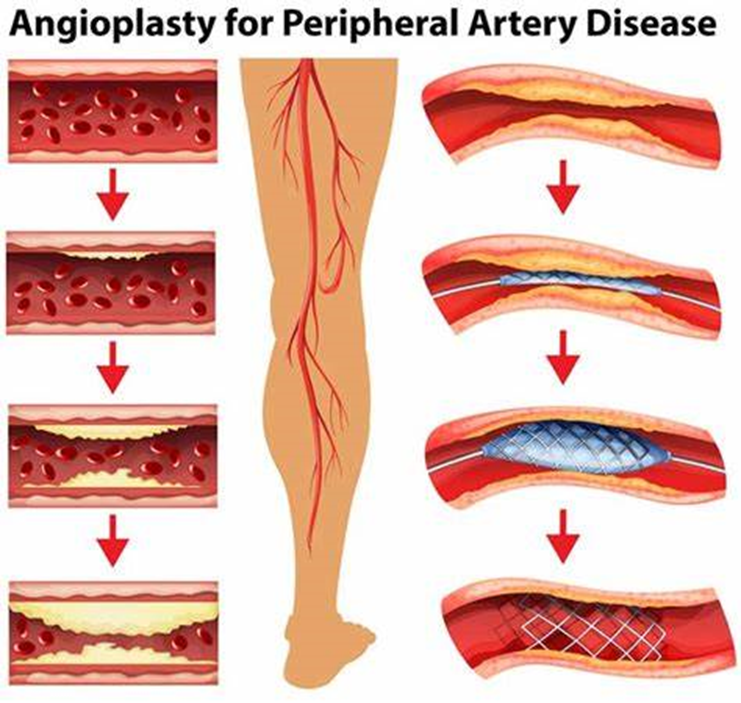A nurse is caring for a patient who is receiving IV fluids to correct dehydration. Which of the following laboratory values should indicate to the nurse that the patient is effectively responding to treatment?
Urine specific gravity of 1.020
Serum sodium of 165 mEq/L
Hematocrit of 48%
Blood urea nitrogen (BUN) of 12 mg/dL
The Correct Answer is A
Choice A reason: Urine specific gravity measures the kidney's ability to concentrate urine. A normal range is typically 1.005–1.030. A value of 1.020 indicates adequate hydration and suggests that the patient is responding well to IV fluid therapy.
Choice B reason: Serum sodium levels reflect electrolyte balance. The normal range is 135–145 mEq/L. A level of 165 mEq/L is significantly elevated, indicating hypernatremia, which could be a sign of inadequate hydration and not a positive response to treatment.
Choice C reason: Hematocrit represents the proportion of blood volume occupied by red blood cells. Normal ranges are 38.3–48.6% for men and 35.5–44.9% for women. A hematocrit of 48% is at the upper limit of normal and does not specifically indicate the effectiveness of dehydration treatment.
Choice D reason: Blood urea nitrogen (BUN) levels can indicate renal function and hydration status. The normal range is 7–20 mg/dL. A BUN of 12 mg/dL is within the normal range and does not specifically reflect the patient's response to IV fluids for dehydration.
Nursing Test Bank
Naxlex Comprehensive Predictor Exams
Related Questions
Correct Answer is A
Explanation
Choice A reason: Pain at rest is a common symptom of advanced PAD, indicating that blood flow is so reduced that the muscles are not receiving enough oxygen even when not active.
Choice B reason: Thin, brittle toenails can be a sign of PAD due to poor blood flow affecting the growth and health of the nails.
Choice C reason: Hanging legs, or dependent positioning, may temporarily relieve pain for PAD patients due to gravity assisted blood flow; however, it is not a finding but rather a coping mechanism.
Choice D reason: Cool extremities are expected in PAD because reduced blood flow decreases the warmth supplied to the tissues.

Correct Answer is B
Explanation
Choice A reason: Tennis involves abrupt lateral movements and may not be suitable for someone with low back pain, as it can exacerbate the condition.
Choice B reason: Swimming is a low impact exercise that can help strengthen the back muscles without putting additional stress on the spine, making it an ideal choice for individuals with low back pain.
Choice C reason: The option "Custom: NUR 224G Sec 2 Blandon Final" does not refer to a specific exercise and seems to be an error or unrelated text.
Choice D reason: Rowing can be strenuous on the lower back due to the repetitive motion and the need for strong core engagement, which might not be recommended for acute low back pain.
Whether you are a student looking to ace your exams or a practicing nurse seeking to enhance your expertise , our nursing education contents will empower you with the confidence and competence to make a difference in the lives of patients and become a respected leader in the healthcare field.
Visit Naxlex, invest in your future and unlock endless possibilities with our unparalleled nursing education contents today
Report Wrong Answer on the Current Question
Do you disagree with the answer? If yes, what is your expected answer? Explain.
Kindly be descriptive with the issue you are facing.
